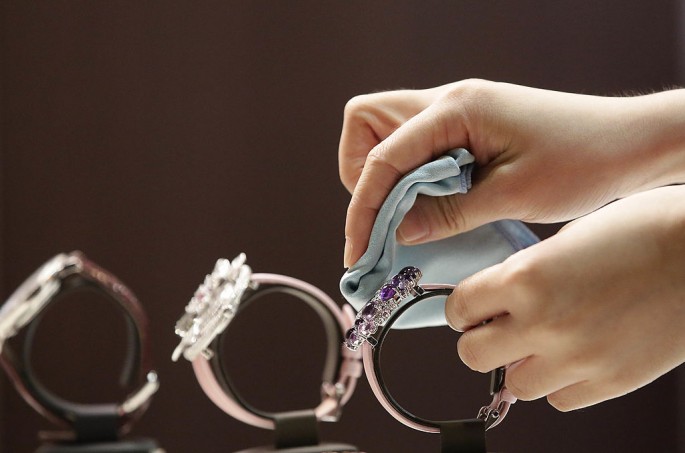China’s luxury goods industry still holds big potential as it rides the momentum of double-digit growth despite two consecutive years of losses, according to consulting firm Bain & Co., China Daily reported.
Other experts seem to agree, as findings by the Fortune Character Institute back up Bain & Co.'s outlook.
Of all the luxury goods consumed worldwide, 46 percent were account to Chinese consumers. Most of these goods were bought outside China.
Chinese consumers are becoming discerning consumers as well, making apt decisions on high fashion and luxury goods. They are known to buy goods from the best existing luxury brands.
Shandong RuyiGroup, one of the country's largest textile producers, is taking advantage of the newly awakened fashion consciousness among the Chinese by bidding for the French fashion group SMCP late January, according to a report by Bloomberg.
Estimated to be worth over $1 billion, SMCP owns a slew of affordable luxury brands such as Sandro and Maje, two labels that are growing increasingly popular among Chinese middle-class consumers in recent years.
Shandong RuyiGroup, one of the country's 500 leading textile companies, declined to give any comment regarding its plans to acquire SMCP. The company's consolidated annual revenue in 2013 hit an impressive 30 billion yuan ($4.7 billion).
Such a move by a Chinese company is not uncommon, according to Zhou Ting, director of the Fortune Character Institute, even describing such acquisitions as "just a drop in the bucket" as more Chinese consumers are climbing the luxury industry ladder.
"The (luxury) market remains one of the most lucrative for now and (shall remain so over) the next decade," Zhou said in an interview with China Daily. "This means, if Chinese companies and investors want a share, they should be more actively involved in every link of the supply chain, from designing and manufacturing to marketing and retailing."
It's what several other Chinese companies have been doing as of late, such as VipshopHoldings and Secoo.com.




























